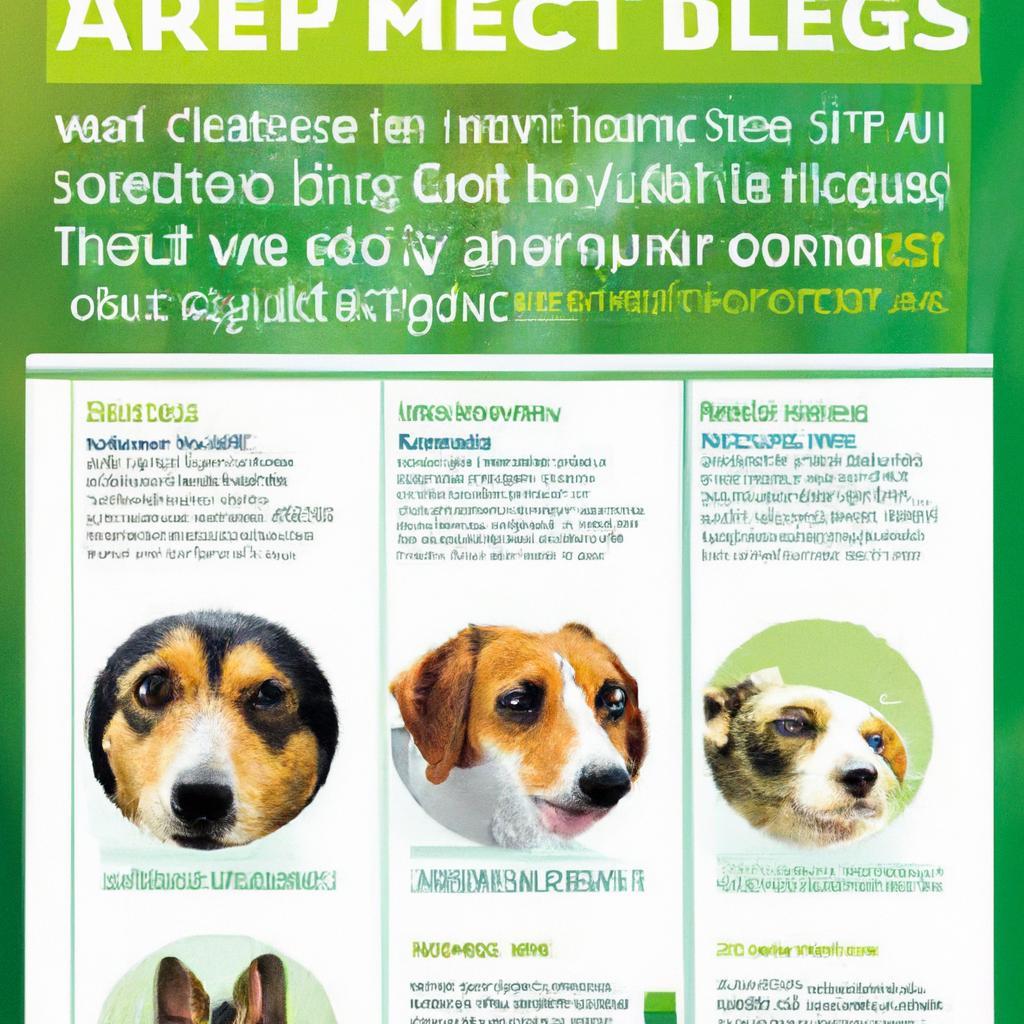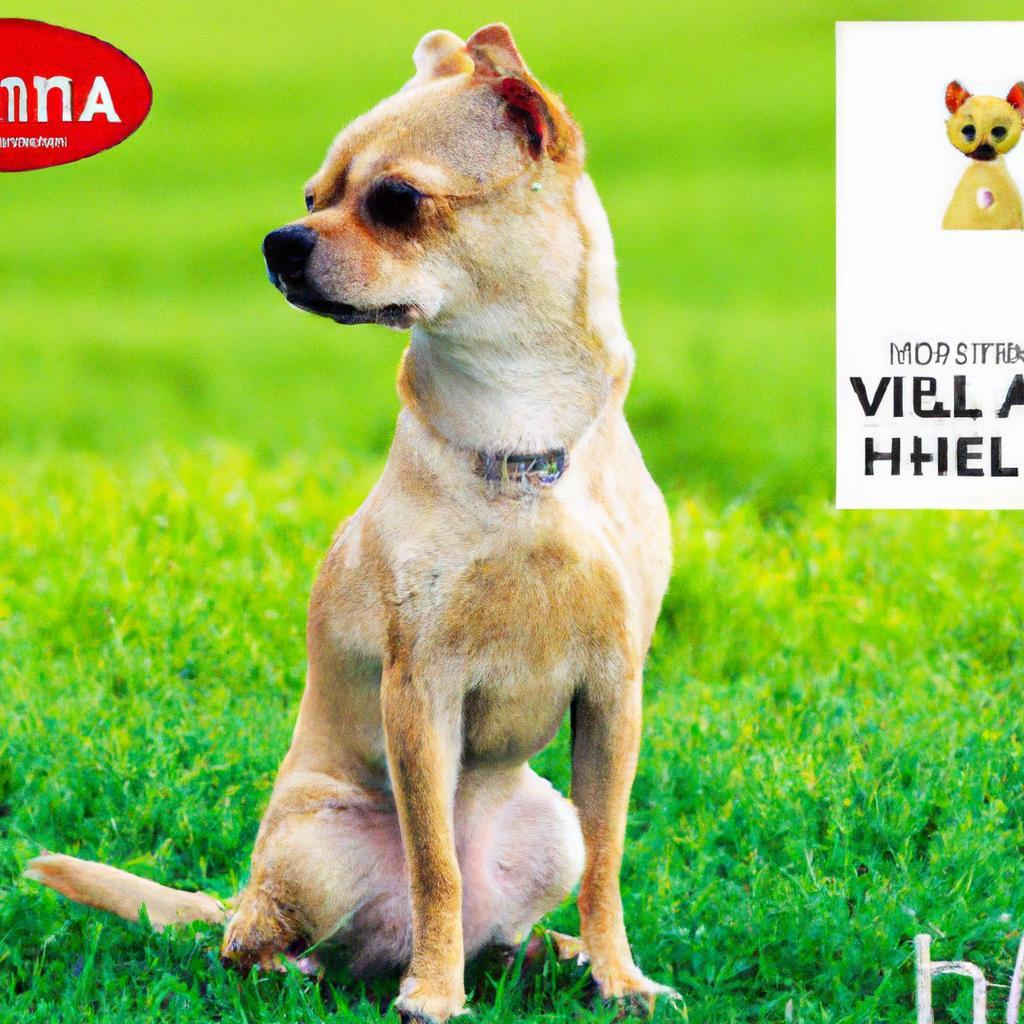Imagine a family eagerly preparing to welcome a furry friend into their home, only to discover that allergies can turn joy into distress. But what if there were animals designed to be gentle on sensitive noses? Hypoallergenic pets, like certain dog breeds, produce fewer allergens, thanks to unique proteins in their saliva and skin. These animals shed less fur and dander, making them ideal companions for allergy sufferers. By choosing hypoallergenic pets, families can enjoy the love of an animal without the sneezing and discomfort, creating a harmonious home for all.
Contents
- Understanding the Science Behind Hypoallergenic Animals
- Identifying Key Traits That Contribute to Hypoallergenic Characteristics
- Evaluating Popular Hypoallergenic Breeds for Allergy Sufferers
- Practical Tips for Creating a Hypoallergenic Environment at Home
- Q&A
Understanding the Science Behind Hypoallergenic Animals
When we talk about hypoallergenic animals, it’s essential to understand the biological factors that contribute to their classification. Unlike common misconceptions, hypoallergenic does not mean that these animals are completely free of allergens. Instead, it refers to those that produce fewer allergens or have less potent allergens compared to others. This distinction is crucial for individuals with allergies, as it allows them to make informed decisions when choosing a pet.
One of the primary reasons some animals are considered hypoallergenic is their coat type. For instance, breeds with hair instead of fur, such as Poodles and Bichon Frises, tend to shed less dander, which is a common allergen. Additionally, these breeds often have a curly or wavy coat that traps dander and hair, preventing it from becoming airborne. This unique coat structure can significantly reduce the amount of allergens present in the home environment.
Another factor influencing hypoallergenic status is the animal’s saliva and urine. Certain breeds produce less of the proteins that trigger allergic reactions in sensitive individuals. For example, cats like the Siberian or Balinese are known to produce lower levels of Fel d 1, a protein found in cat saliva that is a major allergen. By selecting breeds that naturally produce fewer allergens, allergy sufferers can enjoy companionship without the constant worry of allergic reactions.
Lastly, it’s important to consider the grooming habits of hypoallergenic animals. Regular grooming can help manage allergens effectively. Owners of hypoallergenic pets often find that consistent bathing and brushing can minimize dander and saliva accumulation. This proactive approach not only benefits the pet’s health but also creates a more comfortable living environment for those with allergies. By understanding these scientific principles, individuals can make better choices when it comes to selecting a pet that aligns with their health needs.
Identifying Key Traits That Contribute to Hypoallergenic Characteristics
When exploring the world of hypoallergenic animals, it’s essential to understand the specific traits that contribute to their unique characteristics. One of the primary factors is the **type of fur or hair** an animal possesses. Breeds with hair instead of fur, such as Poodles or Bichon Frises, tend to produce less dander, which is a common allergen. This difference in coat type can significantly reduce the likelihood of triggering allergic reactions in sensitive individuals.
Another critical aspect is the **production of allergens**. Some animals produce fewer allergens than others, making them more suitable for allergy sufferers. For instance, certain dog breeds, like the Maltese or the Schnauzer, are known for their lower levels of allergenic proteins in their saliva and skin. This reduced allergen production is a vital trait that can help create a more comfortable living environment for those prone to allergies.
The **grooming habits** of hypoallergenic animals also play a significant role in their suitability for allergy sufferers. Breeds that require regular grooming help minimize the spread of dander and saliva throughout the home. For example, regular brushing and bathing can significantly reduce the accumulation of allergens in the living space, making it easier for individuals with allergies to coexist with their furry companions.
Lastly, the **size and activity level** of hypoallergenic animals can influence their impact on allergy sufferers. Smaller breeds tend to produce less dander and are often less active, which can lead to fewer allergens being dispersed in the environment. Additionally, calmer breeds may contribute to a more stable atmosphere, reducing stress and potential allergy flare-ups. Understanding these traits can empower potential pet owners to make informed decisions when selecting a hypoallergenic companion.
Evaluating Popular Hypoallergenic Breeds for Allergy Sufferers
When considering a pet that minimizes allergic reactions, it’s essential to understand what makes certain breeds more suitable for allergy sufferers. Hypoallergenic animals produce fewer allergens, which are typically found in their saliva, urine, and dander. This characteristic can significantly reduce the likelihood of triggering allergic responses in sensitive individuals. However, it’s important to note that no breed is entirely free of allergens; rather, they are known to produce lower levels.
Several popular dog breeds are often recommended for allergy sufferers due to their hypoallergenic qualities. These breeds include:
- Poodle: Available in standard, miniature, and toy sizes, Poodles have a curly coat that traps dander and hair, preventing it from spreading in the home.
- Bichon Frise: With their soft, curly fur, Bichon Frises are known for producing less dander and are less likely to shed, making them a great choice for allergy sufferers.
- Portuguese Water Dog: This breed has a dense, curly coat that requires regular grooming, which helps minimize allergens in the environment.
- Schnauzer: Available in miniature, standard, and giant sizes, Schnauzers have a wiry coat that sheds minimally and produces fewer allergens.
In addition to dogs, certain cat breeds are also considered hypoallergenic. These include:
- Siberian: Despite their long fur, Siberians are known to produce lower levels of Fel d 1, the primary allergen found in cats.
- Balinese: Often referred to as the “long-haired Siamese,” Balinese cats are known for producing less of the allergenic protein compared to other breeds.
- Bengal: Bengals have a fine coat that requires less grooming, which can help reduce the spread of allergens.
Choosing a hypoallergenic breed can significantly improve the quality of life for allergy sufferers, but it’s crucial to remember that individual reactions can vary. Regular grooming, cleaning, and maintaining a pet-friendly environment can further minimize allergens. Potential pet owners should spend time with a breed before making a commitment to ensure compatibility with their allergies. Ultimately, understanding the unique characteristics of hypoallergenic breeds can lead to a fulfilling companionship without compromising health.
Practical Tips for Creating a Hypoallergenic Environment at Home
Creating a hypoallergenic environment at home is essential for those who suffer from allergies, particularly when it comes to pet ownership. To begin with, consider investing in **air purifiers** equipped with HEPA filters. These devices are designed to capture airborne allergens, including pet dander, dust mites, and pollen, significantly improving indoor air quality. Place them in key areas such as the living room and bedroom to maximize their effectiveness.
Another crucial step is to establish a **regular cleaning routine**. Frequent vacuuming with a vacuum cleaner that has a HEPA filter can help eliminate pet hair and dander from carpets and upholstery. Additionally, wash your pet’s bedding and toys weekly to reduce allergen accumulation. Don’t forget to dust surfaces with a damp cloth to prevent allergens from becoming airborne.
Consider implementing **designated pet areas** within your home. By restricting your pet’s access to certain rooms, particularly bedrooms, you can create allergen-free zones. Use baby gates or closed doors to keep pets out of these areas. Furthermore, choose hard flooring over carpets, as it is easier to clean and less likely to trap allergens.
Lastly, grooming your pet regularly can significantly reduce allergens in your home. Brush your pet outside to minimize dander and hair indoors, and consider using **hypoallergenic grooming products**. Bathing your pet once a month can also help reduce the amount of dander they shed. By taking these proactive measures, you can create a more comfortable living space for everyone in your household.
Q&A
-
What does hypoallergenic mean?
Hypoallergenic refers to substances or animals that are less likely to trigger allergic reactions in sensitive individuals. While no animal is completely free of allergens, hypoallergenic breeds produce fewer allergens, making them a better choice for allergy sufferers.
-
Which animals are considered hypoallergenic?
Common hypoallergenic animals include certain dog breeds such as Poodles, Bichon Frises, and Portuguese Water Dogs, as well as cats like the Siberian and Balinese. These breeds are known for producing lower levels of dander and saliva, which are primary sources of allergens.
-
How do hypoallergenic animals differ from others?
Hypoallergenic animals typically have hair instead of fur, which reduces shedding and dander. Additionally, they may produce less of the proteins found in saliva and urine that can cause allergic reactions. This unique combination helps minimize exposure to allergens.
-
Can I still be allergic to hypoallergenic animals?
Yes, it is still possible to be allergic to hypoallergenic animals, as individual reactions vary. However, many allergy sufferers find that they experience fewer symptoms with these breeds. Regular grooming and cleaning can further reduce allergen levels in your home.
understanding what makes an animal hypoallergenic is crucial for allergy sufferers seeking companionship. By choosing breeds with lower allergenic potential, you can enjoy the joy of pet ownership without compromising your health. Choose wisely!

大家好,我是彼得潘,專業的手法身體治療師。我喜歡探索和研究各種主題,並透過與人工智慧的合作分享專業、實用、有趣的文章。我們定期進行人工審核,以確保內容的準確性。如果您發現文章中有任何不準確的地方,請隨時與我們聯繫,我們會及時糾正。您可以透過 [email protected] 與我們聯繫。



